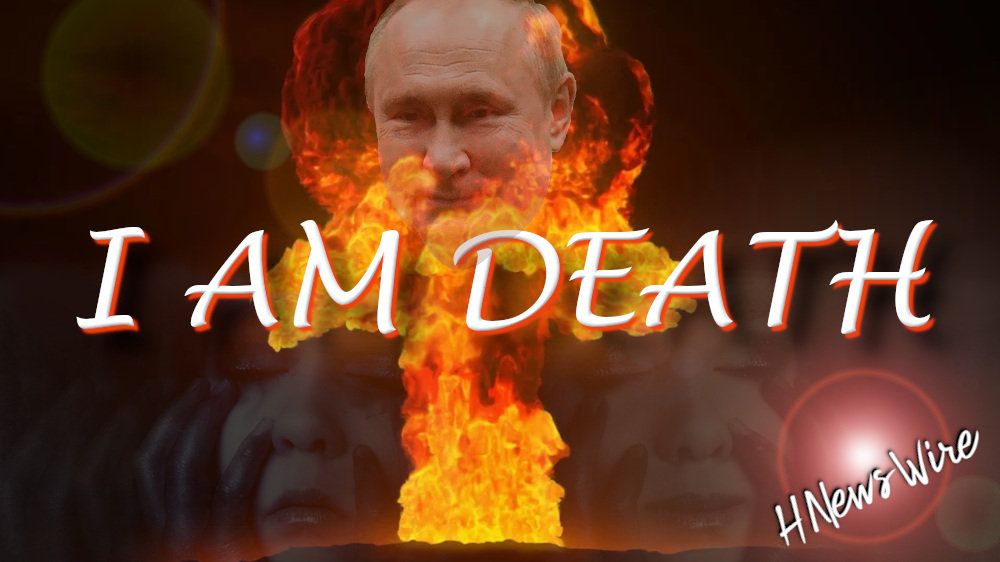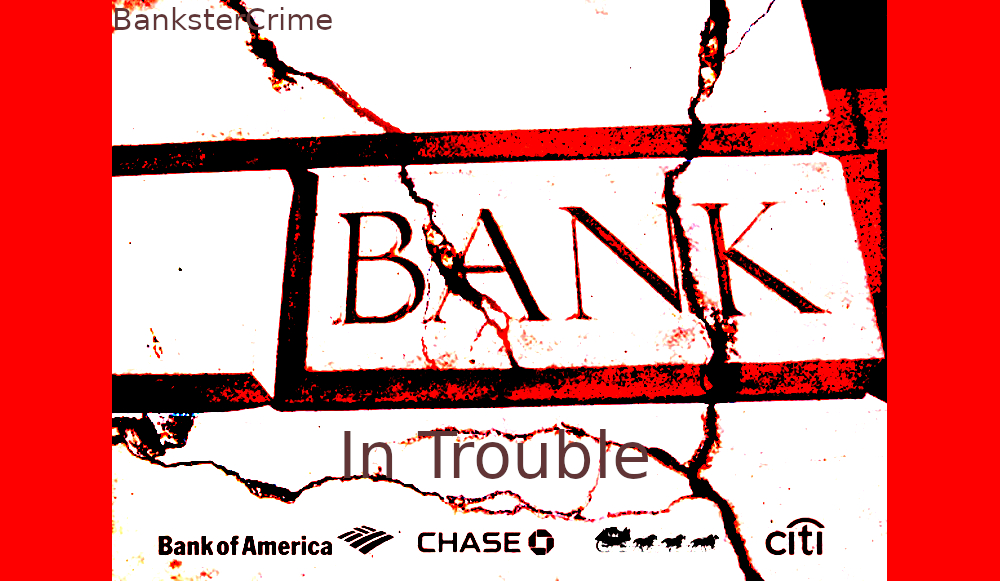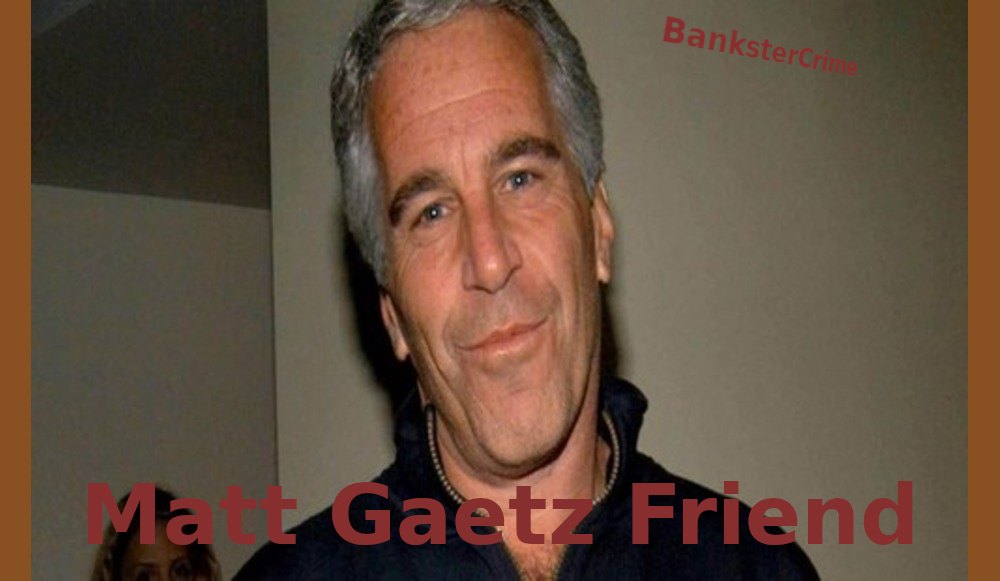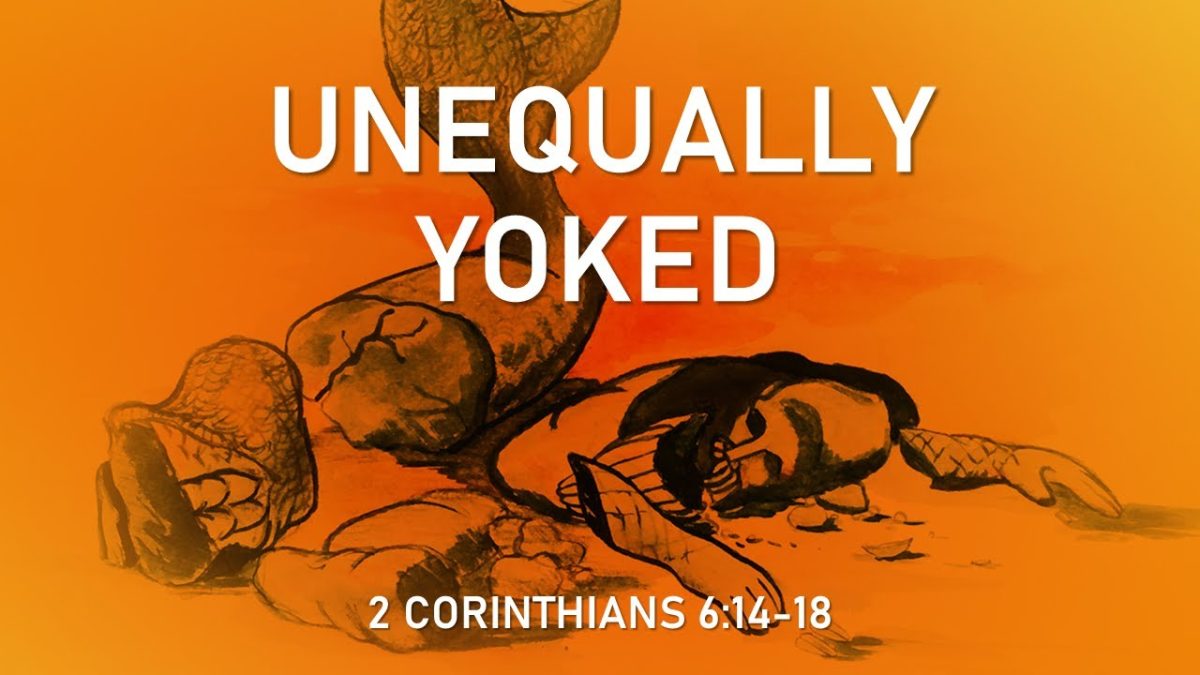
Miners have flocked to the state since China banned mining in 2021, encouraged by cheap energy, grid incentives and an alignment of values. “Bitcoin is all about freedom,” says one miner. “And in my dealings with the utilities and the regulators, Texas is all about freedom.”
To understand why bitcoin miners have flocked to Texas, it’s useful to think about ducks.
Or, more accurately, something called the “duck curve,” which is a way of graphing the balance of energy demand and supply throughout the day.
Imagine a graph with 24 hours on the X-axis -- from midnight to midnight -- and society’s net energy demands on the Y-axis. “The shape of that line graph over time, it looks like a duck,” says Lee Bratcher, President of the Texas Blockchain Chamber.
This story is part of CoinDesk's 2023 Mining Week, sponsored by Foundry.
The graph starts out kinda flat (like a duck’s tail), then lowers later in the morning (the duck’s belly), then rises again in the evening (the duck’s head). The point is that this balance of energy supply and demand changes throughout the day. We use more electricity at 5pm than we do at 2am. More solar power is available at 9am than at midnight. “One kilowatt hour of electricity generated overnight is not the same as one kilowatt hour generated in the morning,” says Bratcher.
Texas recognizes this imbalance. And, unlike most states, Texas has a power grid that lets the price of energy “float” throughout the day and across the state, reflecting the realities of that duck curve. Energy in the plains of West Texas, which have plenty of wind and solar power but not many homes or office buildings, costs less than in Houston. This sounds obvious and common-sensical, but the power grids in most of the nation keep the price heavily regulated and (relatively speaking) more or less constant.
Texas has an abundance of cheap renewable energy and the duck curve presents an opportunity for bitcoin miners. They can reduce their energy demand when supply on the grid is short, or they can sell excess power that they don’t need. The Texas power grid, called “ERCOT,” for “Electric Reliability Council of Texas,” offers credits to the companies that offers additional revenue on top what they can make in rewards from verifying bitcoin transactions.
“Bitcoin miners are unique in that they’re geographically agnostic,” says Bratcher. “They’re flexible on when they run. Flexible on where they consume power.” Miners are incentivized to set up shop where the power is cheap, which just happens to be where land and space is abundant. They can mine at night and chill in the afternoon. “Wasted power is cheap power,” says Bratcher. “Sometimes wasted power is free power.”
This is why ERCOT has lured bitcoin mining companies like Core Scientific, Genesis Digital Assets, Riot, and Marathon Digital into the state. The gold rush began when China banned mining in 2021, and while the pace has slowed the growth remains steady. “Mining in Texas definitely continues to grow. There’s continued investment every single day in the state of Texas,” says Adam Sullivan, the President of Core Scientific, which now has 70 full-time employees in the state, including its corporate headquarters.
Power, purpose and people
Texas brings other benefits. Sullivan says that when the company evaluated which states to invest in, they asked three core questions: 1. Are they welcoming to business? 2. Is it a stable power grid? 3. Is there a pool of labor? “Texas checked off all three boxes,” says Sullivan.
Genesis Digital Assets, a bitcoin mining company with five data centers in Texas, used a similar framework for choosing the state. Ankit Joshi, Head of North America at Genesis Digital Assets, calls it the “3 Ps” of Power, Purpose, and People. Texas has cheap power. As for purpose? “Bitcoin is all about freedom,” says Joshi. “And in my dealings with the utilities and the regulators, Texas is all about freedom. Texas is all about hard work,” he says, which is why the “whole Texas story” resonated with the company.
For an example of how the state can be friendly to business, miners can point to a recent piece of proposed legislation, SB 1751, which initially passed the state senate in April. The bill would have reduced miners’ incentives from the power grid, as well as end mining tax abatements. (This would have cost Riot alone nearly $30 million, according to one estimate.) After the bill passed the Senate, the mining industry met with politicians and made their case. “The regulators in Texas have been very open to working with bitcoin miners,” says Sullivan. “They recognize the benefits that we bring to the grid.” A month after the bill passed in the Senate, it died in the House and the miners rejoiced.
These “benefits to the grid” can be confusing and often misunderstood. “How voracious Bitcoin mining is messing with Texans,” reports The Week. From Bloomberg: “The notoriously energy-intensive industry's Texas operations can consume more than 2 gigawatts at their peak, enough to power about 400,000 homes.”
It’s true that bitcoin mining gobbles up an enormous amount of Texas energy -- about as much as the city of Austin. Texas miners would respond that these facts are not incorrect, but are missing the point.
Bratcher tries to put it in perspective. In the heat of the summertime, he says, Texas (in total) has a peak demand of around 80,000 megawatts. Bitcoin mining consumes around 2,200 megawatts, or about 3% of the entire state. This is a lot.
“Now that would be concerning,” says Bratcher, “Except for the fact that bitcoin miners are on whenever we want them to be, and off when the prices go high.” This goes back to the duck curve. In periods of peak demand -- like the head of the duck -- bitcoin miners can “give back” supply to the system. (This is not done out of charity or generosity; they receive power credits.) Thanks to this flexible system, says Bratcher, “It’s almost like the state of Texas has 2,000 megawatts of battery storage.”
Here’s how the battery concept works. If you have a normal battery, you can inject new supply into the system at your leisure, and by “leisure” we mean awful periods of peak demand, like when air-conditioners are blasting in a heat wave. But supply is just one side of the coin. If you have miners who switch off their ASICSs during that heat wave, you reduce the demand and accomplish the same goal.
A sharp observer might ask, “Okay, but wait. You’re saying that if they turn off their rigs, the bitcoin miners are giving back supply. But wouldn’t the grid be better off if the miners weren’t there in the first place?” Or to be more cheeky: The “battery” concept is like saying that if an arson leaves the neighborhood, they improved its fire-safety but probably shouldn’t be given a medal.
Bratcher is ready for this pushback. “That’s not accurate,” he says. “If that demand isn’t there in times of low demand, the generation won’t be there.” In other words, bitcoin miners are giving a reason for wind and solar power companies to operate in the empty plains of West Texas, at 2am, at the bottom of the duck curve. So bitcoin miners (by this logic) are solid customers for renewable energy when no one else needs the power, and then they “give it back” (for credits) when the system is stressed.
All of that said, the ERCOT grid does not have an infinite capacity to let miners flex-up and flex-down, and the state took steps to modulate the growth. In 2022, Texas began a policy with the impenetrable name “Interim Large Load Interconnection Process,” meaning, essentially, that future bitcoin miners would need to apply for the ability to flex-up and flex-down. That application process -- with tightened standards -- slowed the growth of new mining. Bratcher estimates that the state is still growing mining by 150 megawatts per quarter, “so we’re still growing, but not as much as in 2021 or early 2022.”
Bratcher estimates that 2,000 W2 jobs and 20,000 contractors have been created by Texas bitcoin mining. “The price and the market incentives are still there,” he says. “This is still a great place for doing business.”
Beef in Bulk: Half, Quarter, or Eighth Cow Shipped to Your Door Anywhere within Texas Only
We do not mRNA vaccinate our cattle, nor will we ever!
Grass Fed, Grass Finished Beef!
Here is a discount code for HNewsWire readers to get 20 percent off first order:
HNEWS20
From Our Ranch to Your Table
Revelation: A Blueprint for the Great Tribulation


A Watchman Is Awakened


Will Putin Fulfill Biblical Prophecy and Attack Israel?



Newsletter
Orphans

Editor's Bio












